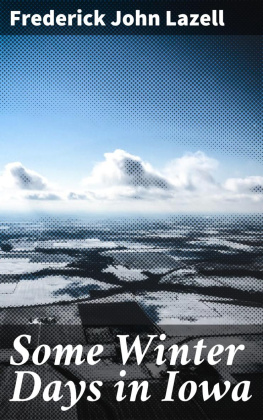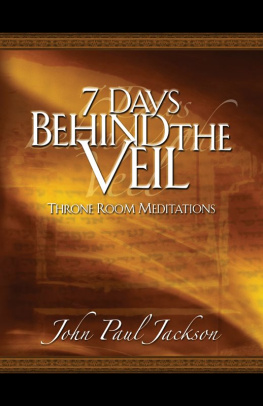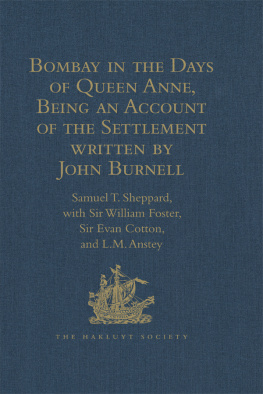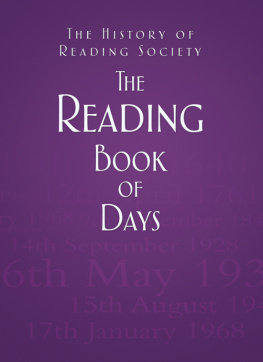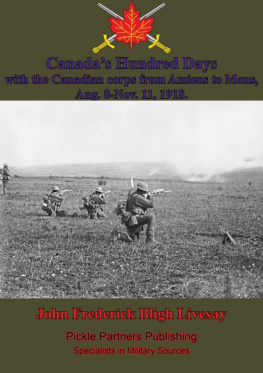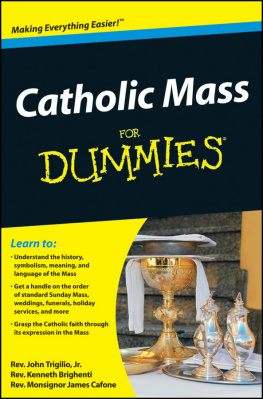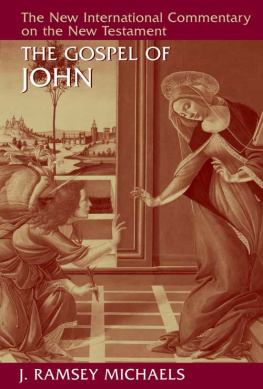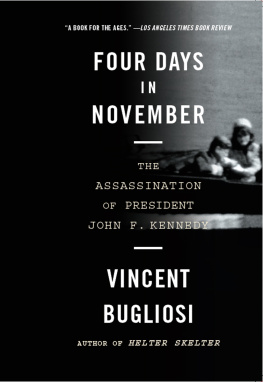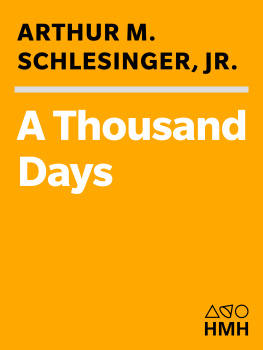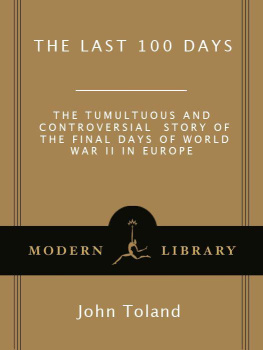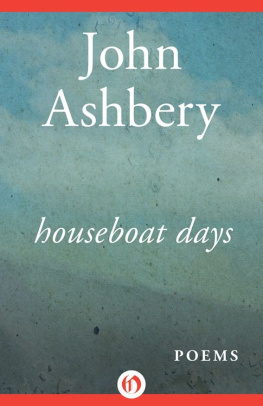BY JOHN HAY
WITH ILLUSTRATIONS BY JOSEPH PENNELL
cd1-3.jpg
BOSTON AND NEW YORK HOUGHTON MIFFLIN COMPANY
COPYRIGHT 1871 AND 1899 BY JOHN HAY
COPYRIGHT 1903 BY HOUGHTON, MIFFLIN 8t CO.
ALL RIGHTS RESERVED
Published November 1903
cd1-4.jpg
PUBLISHERS' NOTE
IN this Holiday Edition of Castilian Days it has been thought advisable to omit a few chapters that appeared in the original edition. These chapters were less descriptive than the rest of the book, and not so rich in the picturesque material which the art of the illustrator demands. Otherwise, the text is reprinted without change. The illustrations are the fruit of a special visit which Mr. Pennell has recently made to Castile for this purpose.
BOSTON, AUTUMN, 1903
cd1-5.jpg
CONTENTS
MADRID AL FRESCO
SPANISH LIVING AND DYING
INFLUENCE OF TRADITION IN SPANISH LIFE
TAUROMACHY
RED-LETTER DAYS
AN HOUR WITH THE PAINTERS
A CASTLE IN THE AIR
THE CITY OF THE VISIGOTHS
THE ESCORIAL
A MIRACLE PLAY
THE CRADLE AND THE GRAVE OF CERVANTES
cd1-6.jpg
LIST OF ILLUSTRATIONS
The Cathedral of Toledo
Segovia from the Corner Tower
The St. Christopher of Toledo
Inn of Cervantes, Toledo
Gallery of the Prado
The Fountain playing at La Granja
Puerta del Sol, Madrid
The Palace, Madrid
The Courtyard of the Palace, Madrid
The Squares of the Statues, Madrid
A Summer Day in Madrid
The Bridge of Toledo, Madrid
Delightful Pictures of Domestic Life
In the Garden of the Prince, Aranjuez
x LIST OF ILLUSTRATIONS
Gardens of the Royal Palace, Madrid
The Bridge of Segovia, Madrid
Madrid Market
The Promenades of Madrid
The Royal Palace, Madrid
Salon de los Reyes Catolicos, Aranjuez
New Madrid
Madrid al Fresco
Cloak-Play
Entrance to Bull-Ring, Madrid
The Procession
Banderillas
Cloak-Dance
Espada
La Granja
The Shrine of San Isidro
Paula, La Granja
The Plaza Major, Madrid
In the Park, La Granja
The Garden of the Island, Aranjuez
Entrance to the Velazquez Room, the Prado
Velazquez Room
The Grand Gallery of the Prado
The Long Gallery of the Prado
La Granja Fountain
The Palace. La Granja
San Ildefonso
Approach to Segovia
The Aqueduct from the Market, Segovia. Segovia
LIST OF ILLUSTRATIONS
The Alcazar, Segovia
San Juan de los Reyes and Valley of Tagus The Alcazar, Toledo
The Cathedral of Toledo
The Gilded Organ-Pipes
The Zocodover, Toledo
Cloisters, San Juan de los Reyes
Interior of San Juan, Toledo
Porta Viragia
The Bridge, Toledo
Endless Escorial
Court of the Temple, Escorial
High Altar, Escorial
Interior of Church, Escorial
Sacristy, Escorial
Side Chapels, the Cathedral of Toledo
A Street of Toledo
Mozarabic Chapel, Toledo
The Cheerful Gothic Cloisters, Toledo
The Choir, Toledo
An Inn Door, Toledo
Chapel of the University, Alcald
The University, Alcald
The Gorgeous Sarcophagus of Ximenez
Calle Major, Alcald
Baptismal Font of Cervantes, Alcald
House of Cervantes, Madrid
The Tomb of Cervantes
cd1-7.jpg
MADRID AL FRESCO
MADRID is a capital with malice aforethought. Usually the seat of government is established in some important town from the force of circumstances. Some cities have an attraction too powerful for the court to resist. There is no capital of England possible but London. Paris is the heart of France. Rome is the predestined capital of Italy in spite of the wandering flirtations its varying governments in different centuries have carried on with Ravenna, or Naples, or Florence. You can imagine no Residenz for Austria but the Kaiserstadt, -- the gemthlich Wien. But there
4 CASTILIAN DAYS
are other capitals where men have arranged things and consequently bungled them. The great Czar Peter slapped his imperial court down on the marshy shore of the Neva, where he could look westward into civilization and watch with the jealous eye of an intelligent barbarian the doings of his betters. Washington is another specimen of the cold-blooded handiwork of the capital builders. We shall think nothing less of the clarum et venerabile nomen of its founder if we admit he was human, and his wishing the seat of government nearer to Mount Vernon than Mount Washington sufficiently proves this. But Madrid more plainly than any other capital shows the traces of having been set down and properly brought up by the strong hand of a paternal government; and like children with whom the same regimen has been followed, it presents in its maturity a curious mixture of lawlessness and insipidity.
Its greatness was thrust upon it by Philip II. Some premonitory symptoms of the dangerous honor that awaited it had been seen in preceding reigns. Ferdinand and Isabella occasionally set up their pilgrim tabernacle on the declivity that overhangs the Manzanares. Charles V. found the thin,
MADRID AL FRESCO 5
fine air comforting to his gouty articulations. But Philip II. made it his court. It seems hard to conceive how a king who had his choice of Lisbon, with its glorious harbor and unequalled communications; Seville, with its delicious climate and natural beauty; and Salamanca and Toledo, with their wealth of tradition, splendor of architecture, and renown of learning, should have chosen this barren mountain for his home, and the seat of his empire. But when we know this monkish king we wonder no longer. He chose Madrid simply because it was cheerless and bare and of ophthalmic ugliness. The royal kill-joy delighted in having the dreariest capital on earth. After a while there seemed to him too much life and humanity about Madrid, and he built the Escorial, the grandest ideal of majesty and ennui that the world has ever seen. This vast mass of granite has somehow acted as an anchor that has held the capital fast moored at Madrid through all succeeding years.
It was a dreary and somewhat shabby court for many reigns. The great kings who started the Austrian dynasty were too busy in their world conquest to pay much attention to beautifying Madrid, and their weak successors, sunk in ignoble
6 CASTILIAN DAYS
pleasures, had not energy enough to indulge the royal folly of building. When the Bourbons came down from France there was a little flurry of construction under Philip V., but he never finished his palace in the Plaza del Oriente, and was soon absorbed in constructing his castle in cloud-land on the heights of La Granja. The only real ruler the Bourbons ever gave to Spain was Charles III., and to him Madrid owes all that it has of architecture and civic improvement. Seconded by his able and liberal minister, Count Aranda, who was educated abroad, and so free from the trammels of Spanish ignorance and superstition, he rapidly changed the ignoble town into something like a city. The greater portion of the public buildings date from this active and beneficent reign. It was he who laid out the walks and promenades which give to Madrid almost its only outward attraction. The Picture Gallery, which is the shrine of all pilgrims of taste, was built by him for a Museum of Natural Science. In nearly all that a stranger cares to see, Madrid is not an older city than Boston.



